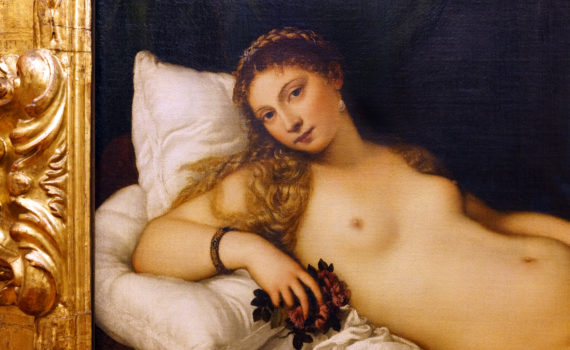Virtually explore the Uffizi with Smarthistory as your guide
Some background
videos + essays
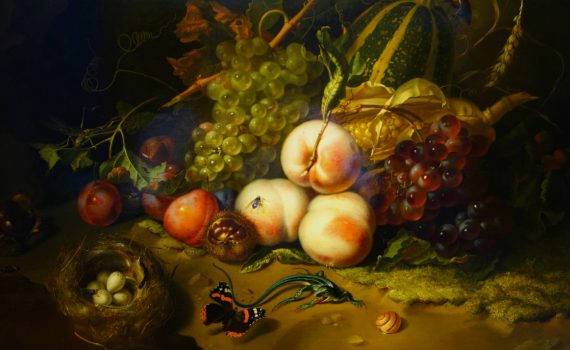
Rachel Ruysch, Fruit and Insects
No wonder Ruysch treats each element of this still life like a scientific specimen—her father preserved insects.
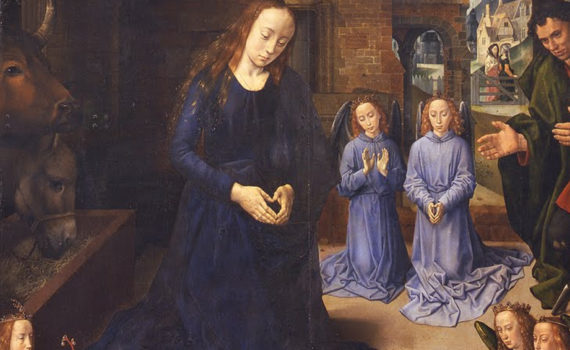
Hugo van der Goes, Portinari Altarpiece
This particular artwork perfectly embodies all the things that northern European painters were thought to do best.
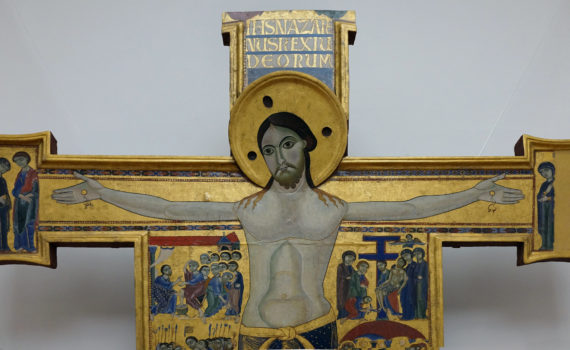
The Crucifixion, c. 1200 (from Christus triumphans to Christus patiens)
A comparison of two Italian medieval crosses shows the transformation of Christ from transcendent to human.
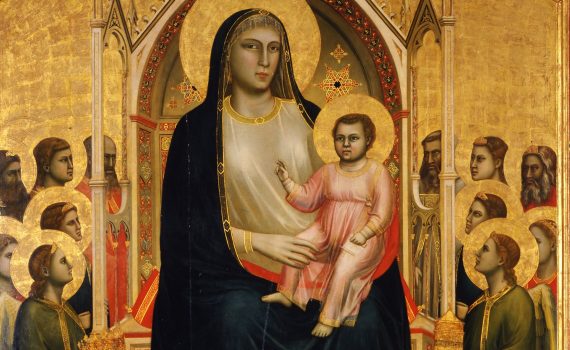
Giotto, The Ognissanti Madonna and Child Enthroned
This is a Mary like we’ve never seen before—she’s more monumental and sits in a space that makes sense.
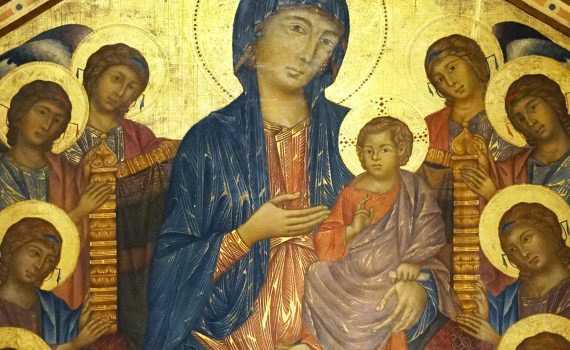
Cimabue, Virgin and Child Enthroned, and Prophets (Santa Trinita Maestà)
Set against gleaming gold, Mary and Christ sit on an intricately carved throne studded with gems.
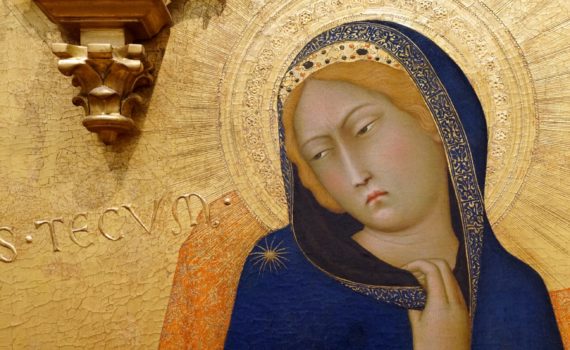
Simone Martini, Annunciation
Girl, interrupted—Mary’s initial reaction to Gabriel adds human experience to the dignity and grace of this scene.
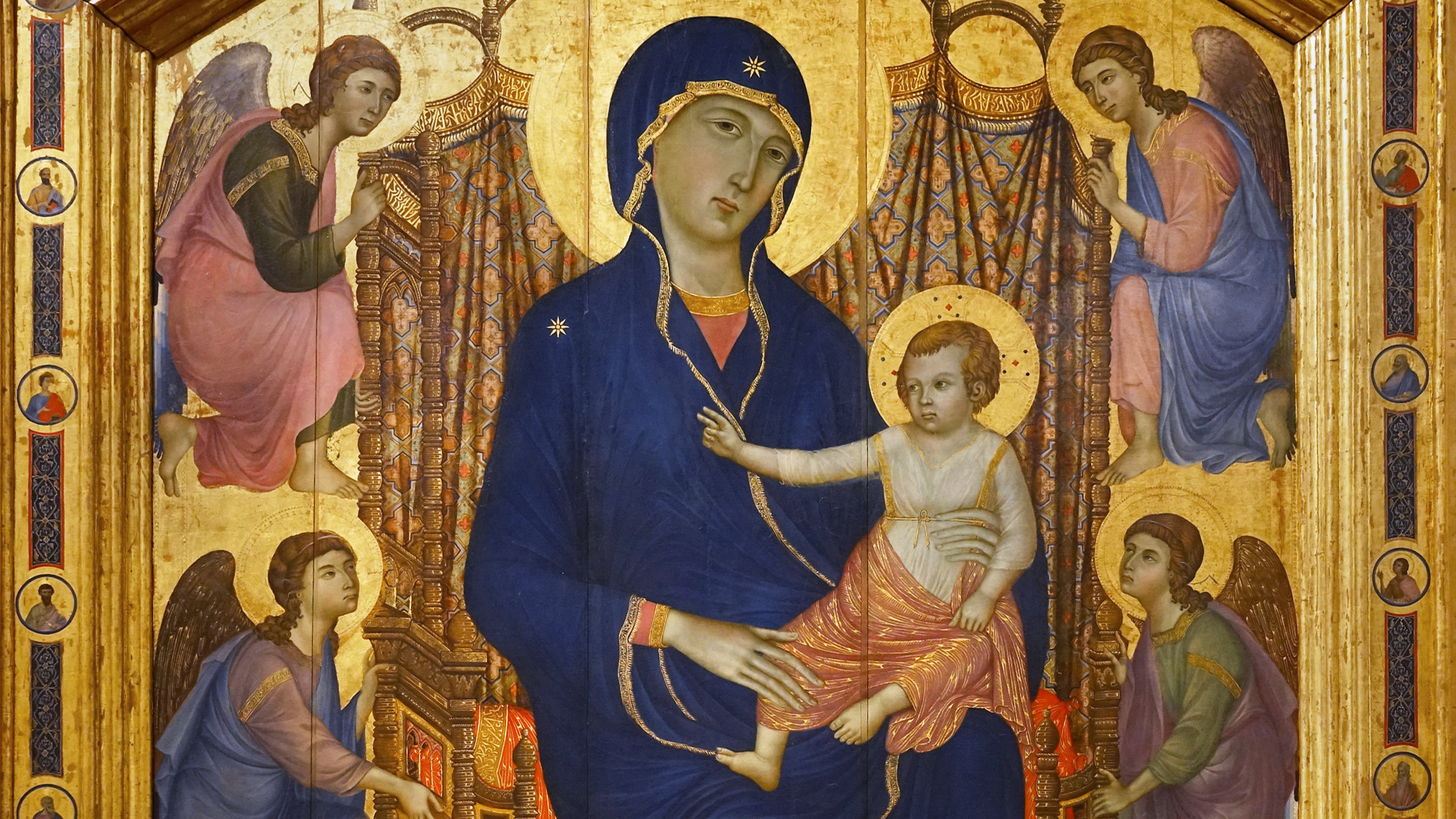
Duccio, Heaven on earth— The Rucellai Madonna
Sure, decorative patterns and prismatic color impress us now, but gold and ultramarine once broadcast value.
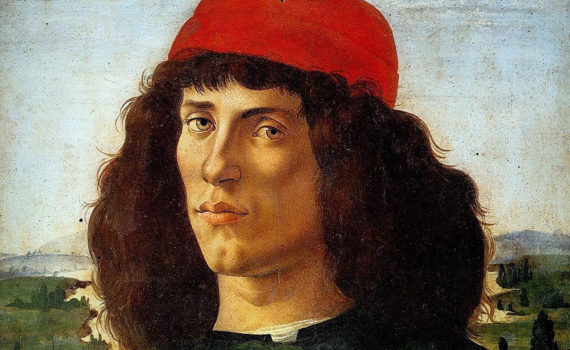
Botticelli, Portrait of a Man with a Medal of Cosimo il Vecchio de’ Medici
Touch an artwork? Sandro Botticelli’s Portrait of a Man with a Medal helped viewers to think about touch and physical experience.
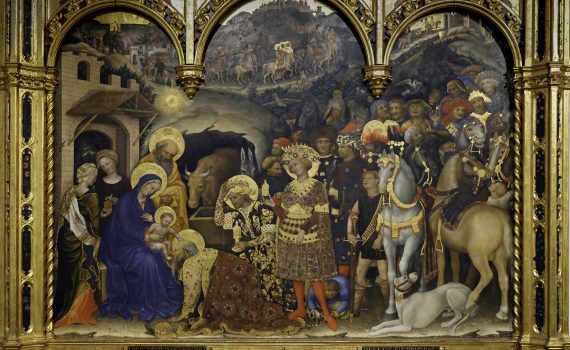
Gentile da Fabriano, Adoration of the Magi (reframed)
Brilliant golden brocades. Psuedo-Arabic. Turbans. Leopards and lions. The Adoration of the Magi speaks to the global flow of goods at this time.
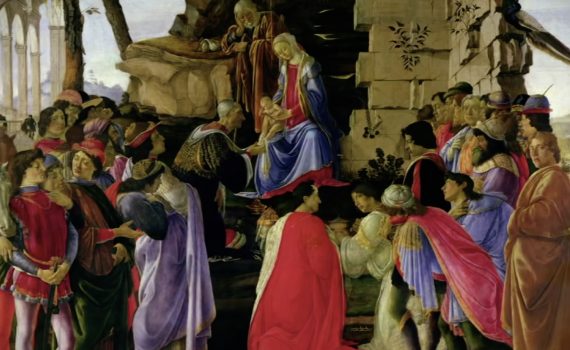
Dissecting Botticelli’s Adoration of the Magi
Three men arrive to bless Christ. Are they wise—or just rich? Better defer to that young painter in the crowd...
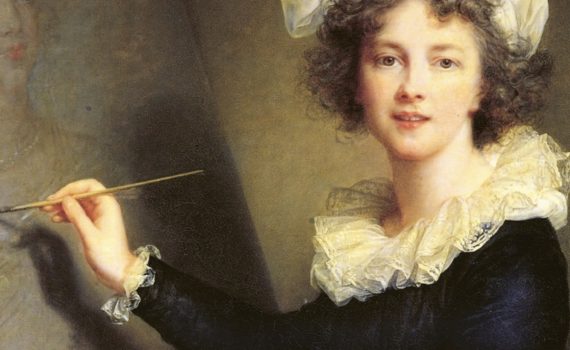
Élisabeth Louise Vigée Le Brun, Self-Portrait
She fled France in disguise, but Vigée Le Brun does little to conceal her face—or her sympathy to Marie Antoinette.

